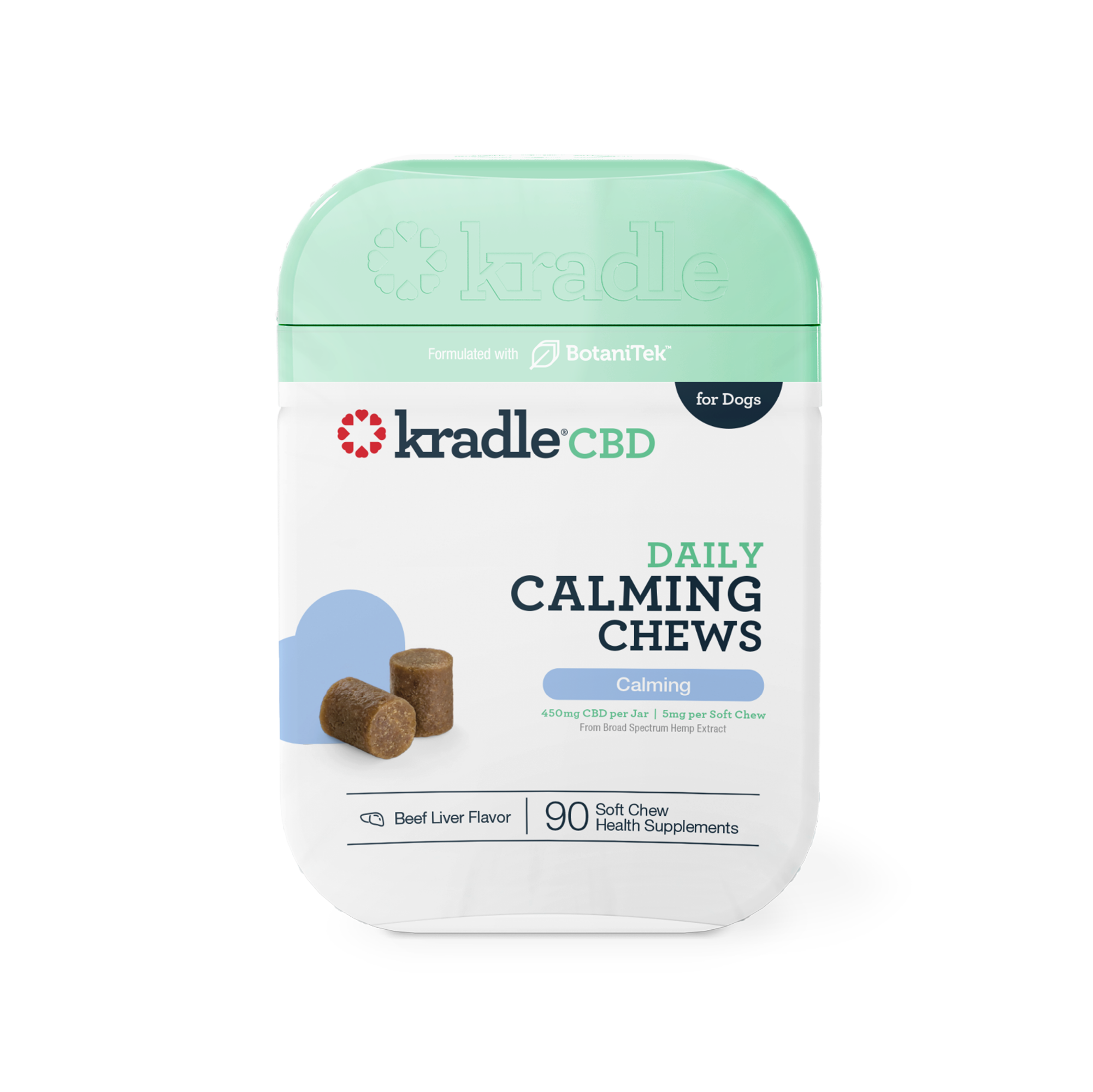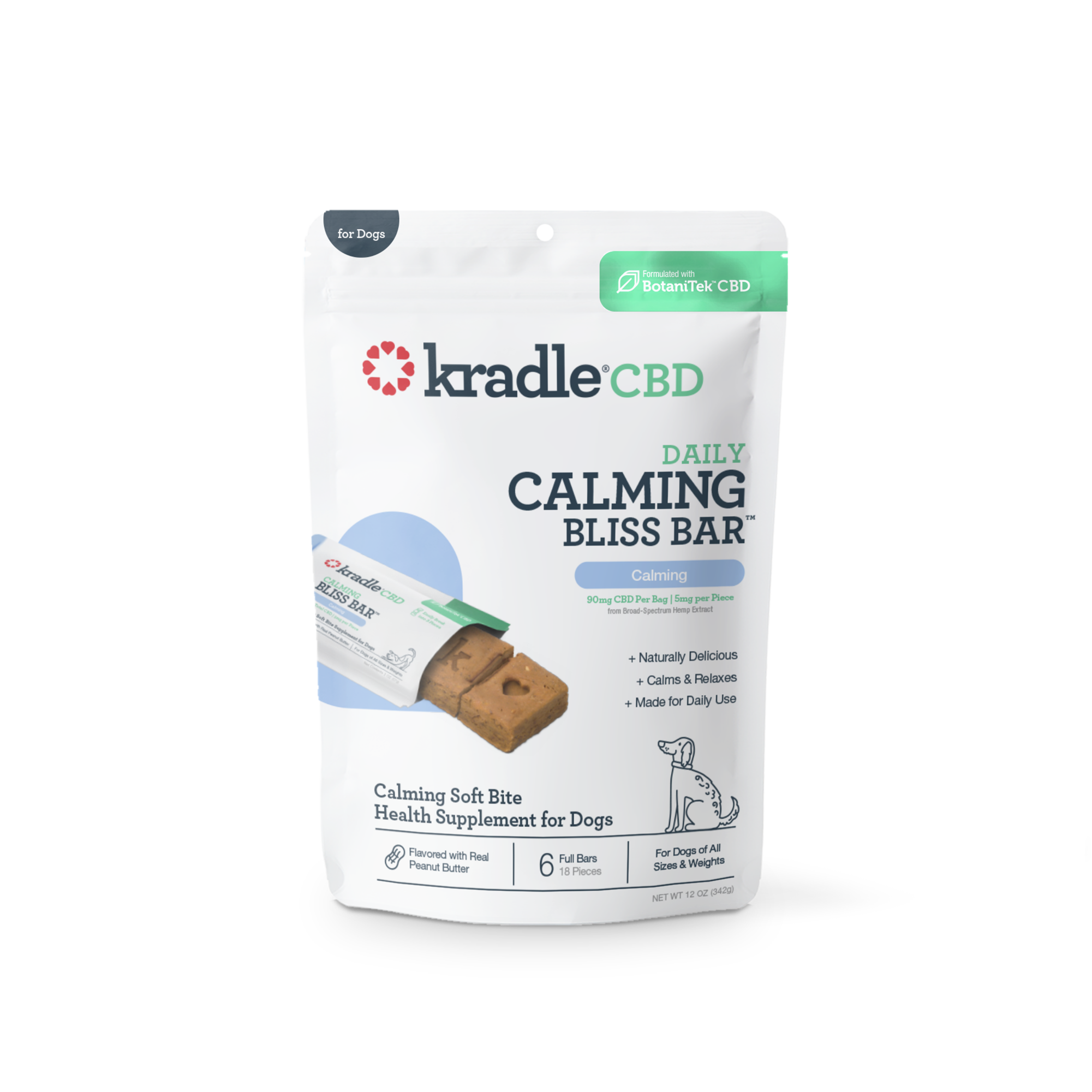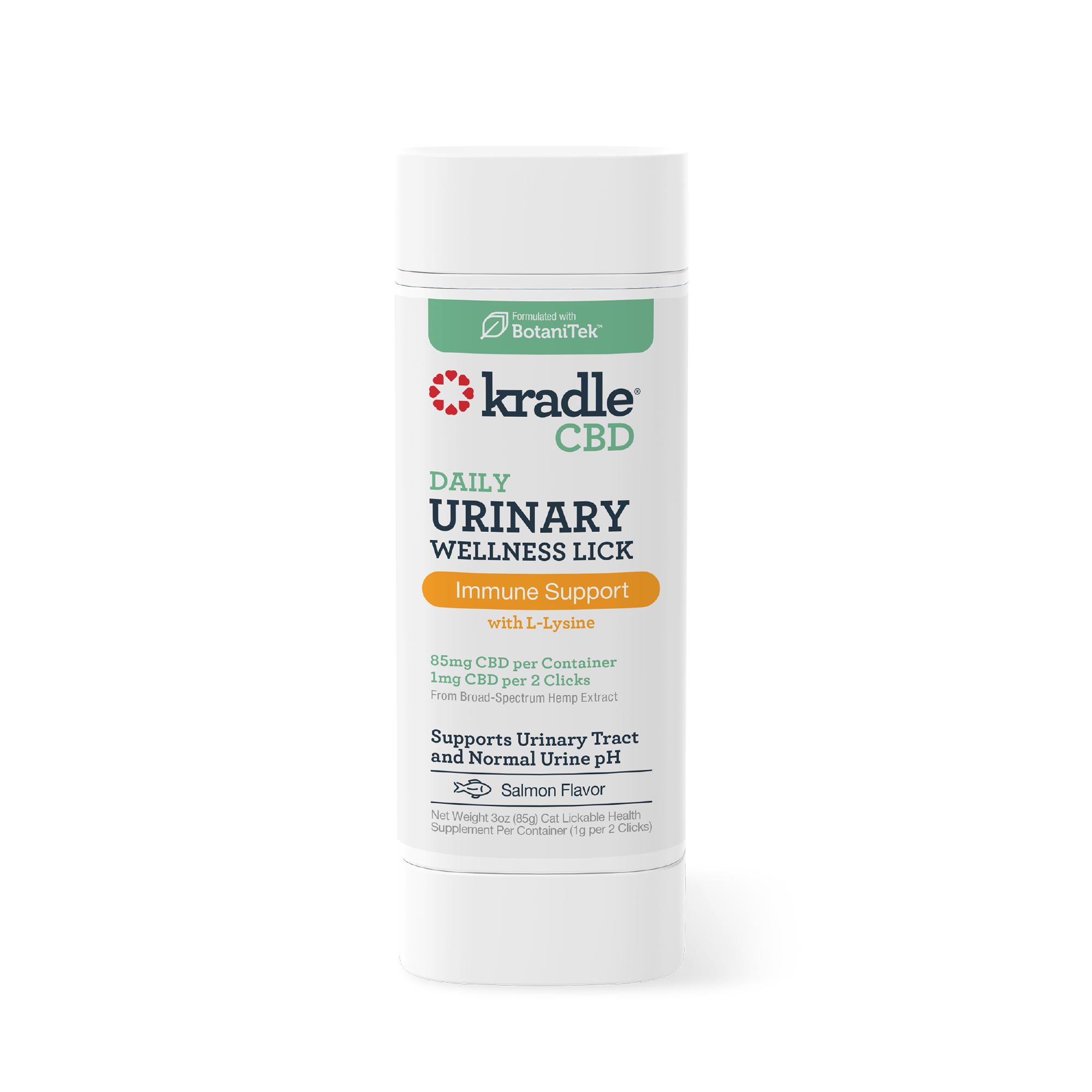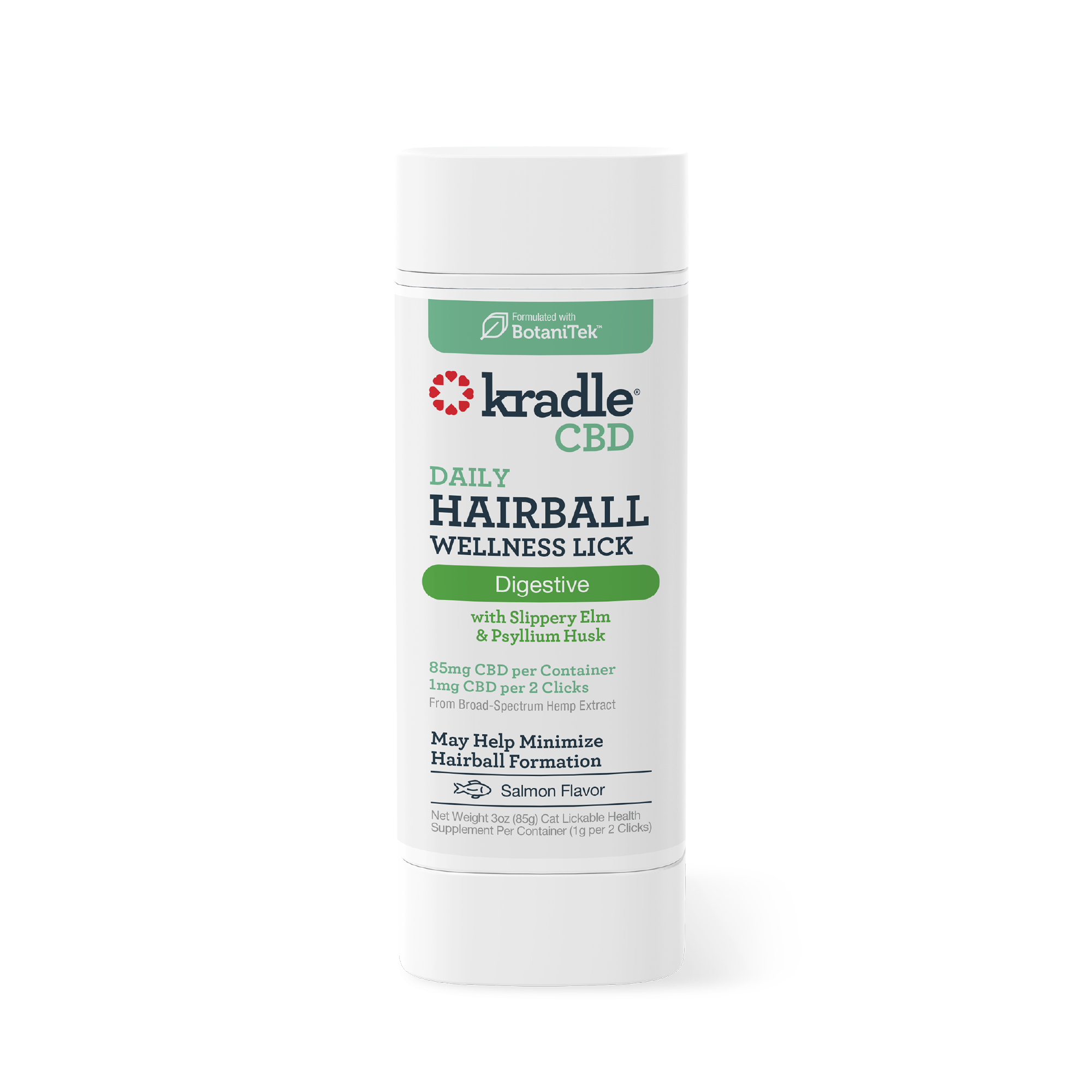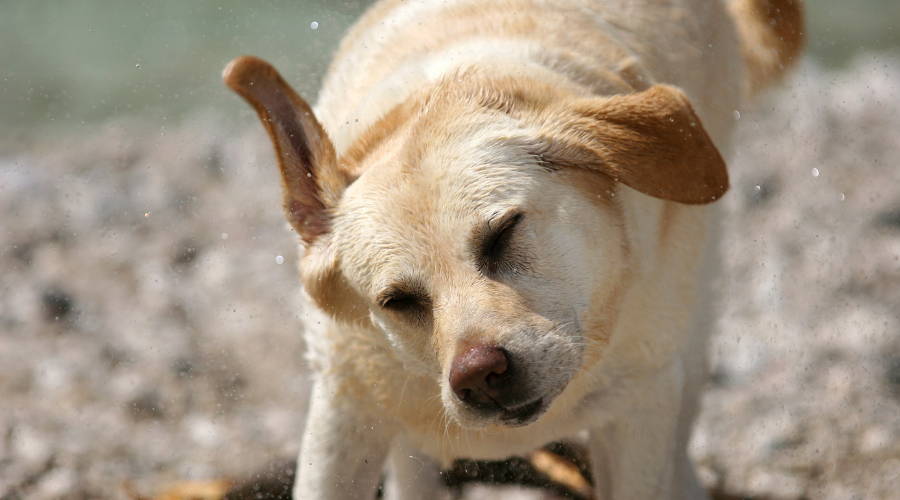After spending lots of extra time with you at home throughout the last two years, your furry family member may now be more attached to you than ever before. Does your pup start pacing when you put your shoes on? Can you hear them whining through the door once you leave the house? These are just a few examples of what could be considered separation stress, and in extreme cases, separation anxiety.
A recent Petco survey revealed that 65% of pet owners are nervous to leave their pet alone when they return to the office. If you feel the same sentiment, you’ve come to the right place. We cover how separation stress differs from separation anxiety, what causes some dogs to develop it, and, most importantly, how you can help yours remain calm and safe when alone at home:

